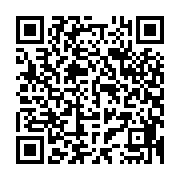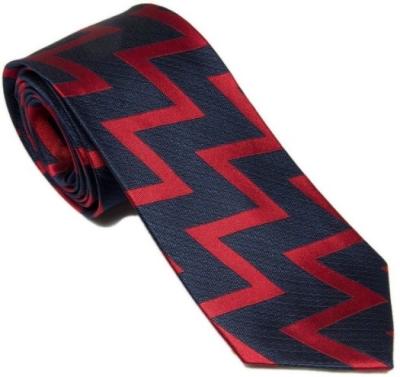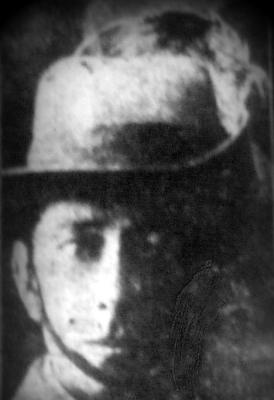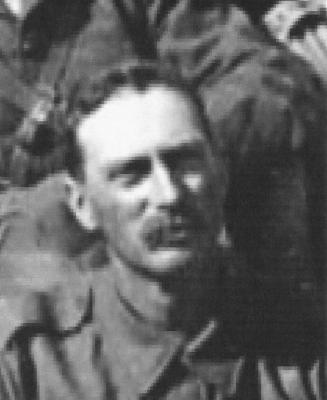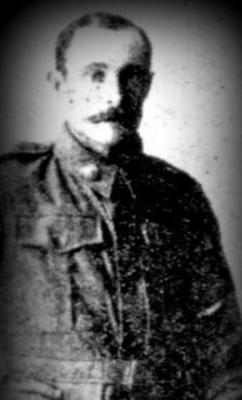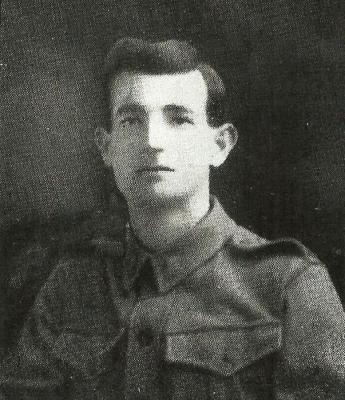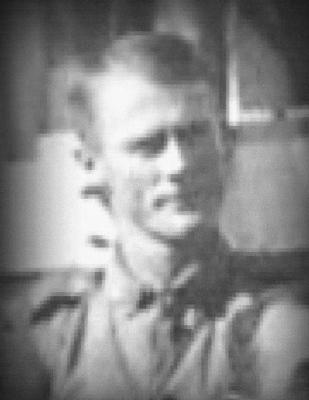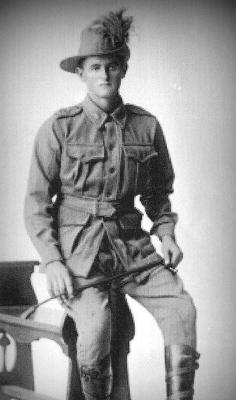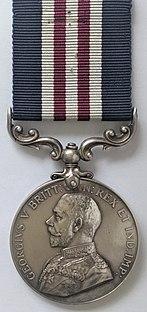United Nations Peacekeeping Medal
United Nations medals awarded for peacekeeping and related duties follow a standard design. The medal is fabricated of a bronze-coloured metal over a non-metallic core with a diameter about 36mm to 40mm. Variations in colour occur between production batches of the medal ranging from dark bronze to a gold like lustre.
The obverse UNFICYP medal features the emblem of the United Nations, which consists of a world map surrounded by two olive branches symbolizing peace. The emblem is raised or embossed to create a three-dimensional effect. The words "United Nations" or the abbreviation "UN" may also appear on the obverse. The reverse is normally plain or bears the motto In the service of peace although variations do occur.
Australia is a founding member of the UN, has been an active participant in UN institutions for 70 years and is currently the 11th largest contributor to the UN regular budget. Australia held the first Presidency of the Security Council in 1946 and provided the first military observers under UN auspices a year later, to Indonesia during the independence struggle. Australia has been integrally involved in global efforts to build and restore peace for over 70 years. Australia has provided personnel to 62 UN and other multilateral peace and security operations since 1947 and remains a strong supporter of UN peacekeeping.
Details
Details
As of June 2023, Australians have been involved in the following peacekeeping operations:
• Indonesia (1947–51)
• Kashmir (1950–85)
• Korea (1953–1957)
• Israel – under Operation Paladin (1956–present)
• Congo (1960–61)
• West New Guinea (1962–63)
• Yemen (1963)
• Cyprus (1964–present)
• India/Pakistan Border (1965–66)
• Sinai – under Operation Mazurka (1976–79; 1982–86; 1993–present)
• Israel/Syria Border (1974)
• Lebanon (1978)
• Zimbabwe (1979–80)
• Uganda (1982–84)
• Iran (1988–90)
• Thailand/Cambodia Border (1989–93)
• Namibia – under UNTAG (1989–90)
• Afghanistan (1989–93) – under the United Nations Mine Clearance Training Team (UNMCTT)
• Iraqi Kurdistan – under Operation Habitat (1991)
• Iraq (1991–99)
• Western Sahara (1991–94)
• Cambodia – under UNTAC (1991–93)
• Somalia – under Operation Solace (1992–95)
• Yugoslavia (1992)
• Rwanda (1994–95)
• Mozambique (1994–2002)
• Bougainville (1994; 1997–2003)
• Haiti (1994–95)
• Guatemala (1997)
• Yugoslavia (1997–present)
• Kosovo (1999–present)
• East Timor – under INTERFET, UNTAET, UNMISET, Operation Tower and Operation Astute (1999–2013)
• Solomon Islands – under RAMSI (2000–13)
• Ethiopia/Eritrea (2000–present)
• Sierra Leone (2000–03)
• Sudan – under UNMIS and Operation Azure (2005–11)
• Darfur – under Operation Hedgerow (2007–present)
• South Sudan – under UNMISS and Operation Aslan (2011–present)
Except for Korea and the initial United Nations Emergency Force in the Sinai, a standard medal has been issued by the United Nations for Peacekeeping operations. A distinctive ribbon is created for each operation. Some counries authorise nummerals to be affixed to the ribbon to indicate multiple deployments. Separate entries exist for some specific peacekeeping operations in which Western Australian army personnel have played a major role or which are in close geographic proximity.
Australian Army Museum of Western Australia
Australian Army Museum of Western Australia
More items like this
Other items from Australian Army Museum of Western Australia
- Regimental Ties
- World War 1, Australia, Western Australia, 265 COCKBURN, 10 Light Horse
- World War 1, Australia, Western Australia, 264 EAKINS, 10 Light Horse
- World War 1, Australia, Western Australia, 263 DUNN, 10 Light Horse
- World War 1, Australia, Western Australia, 262 DRISCOLL, 10 Light Horse
- World War 1, Australia, Western Australia, 261 DEBNAM, 10 Light Horse
- World War 1, Australia, Western Australia, 260 DAVIES, 10 Light Horse
- World War 1, Australia, Western Australia, 256 CULLOTON, 10 Light Horse
- World War 1, Australia, Western Australia, 255 COOK, 10 Light Horse
- World War 1, Australia, Western Australia, 252 CORKER, 10 Light Horse
- Medal - Military Medal (MM)
- Distinguished Flying Cross
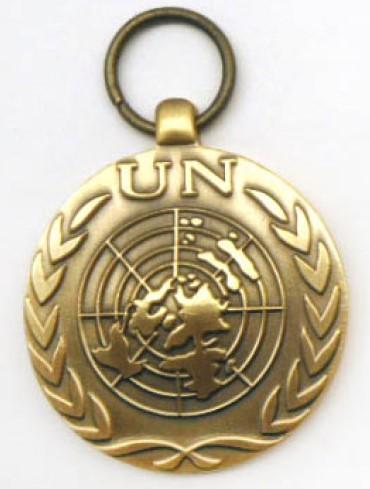
Scan this QR code to open this page on your phone ->
